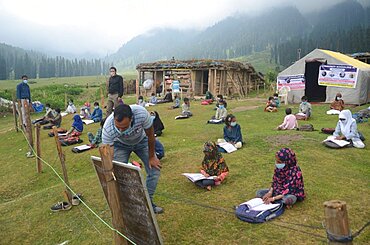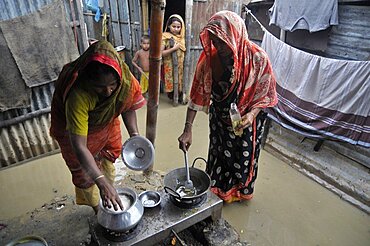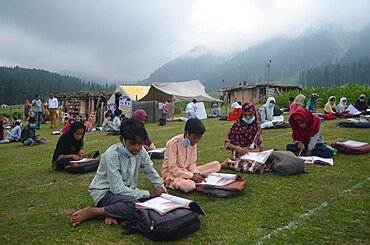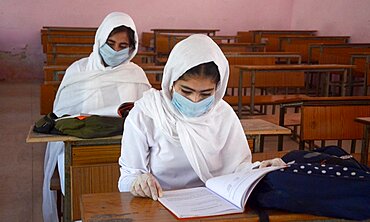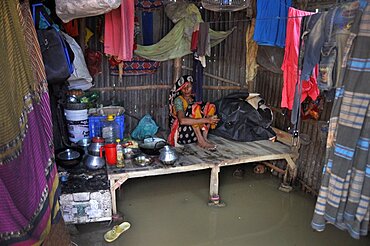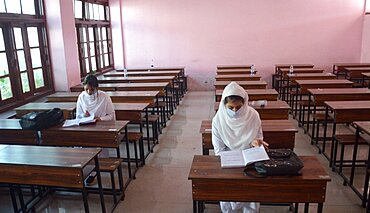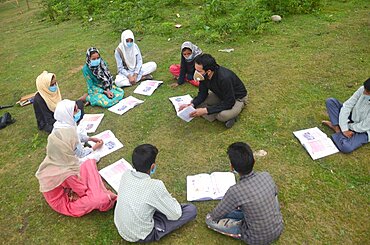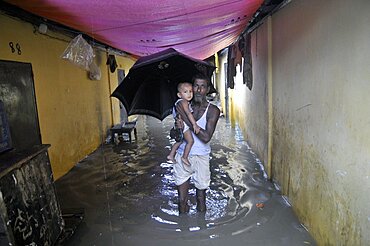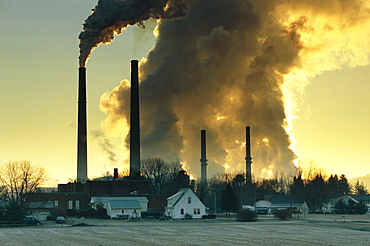Results
3 results found
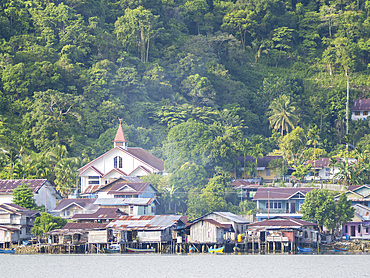
The village of Kokas, a muslim-majority regency in the protestant-majority island of Papua, Indonesia.
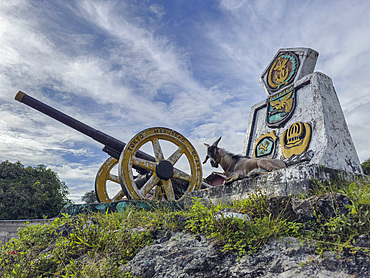
A goat in the village of Kokas, a muslim-majority regency in the protestant-majority island of Papua, Indonesia.
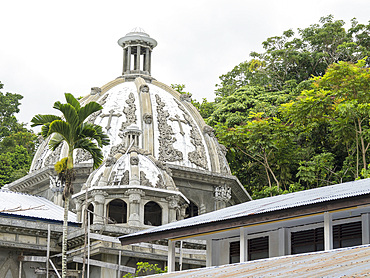
A church in the village of Kokas, a muslim-majority regency in the protestant-majority island of Papua, Indonesia.
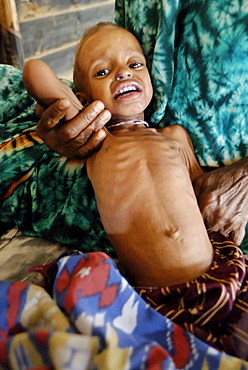
Kenya,dadaab refugees camp, somalian border gtz hospital ,the camps were set up around the town of dadaab beginning in 1991 when civil wars erupted on a grand scale in somalia (16 rival factions were involved). The wars, along with a prolonged drought, forced more than 900,000 somalis to flee to neighboring countries. Approximately 400,000 of them, many of whom were in a serious state of exhaustion and starvation, took refuge in kenya. Since then, a majority have returned to their country. However, some 131,000 somalis remain in kenya, and 110,000 are in dadaab, along with some sudanese, ugandans, and about 3,000 ethiopians women waiting the receive care from gtz ngo at the local hospital
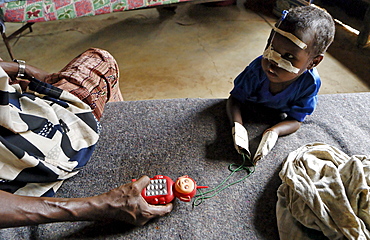
Kenya,dadaab refugees camp, somalian border gtz hospital ,the camps were set up around the town of dadaab beginning in 1991 when civil wars erupted on a grand scale in somalia (16 rival factions were involved). The wars, along with a prolonged drought, forced more than 900,000 somalis to flee to neighboring countries. Approximately 400,000 of them, many of whom were in a serious state of exhaustion and starvation, took refuge in kenya. Since then, a majority have returned to their country. However, some 131,000 somalis remain in kenya, and 110,000 are in dadaab, along with some sudanese, ugandans, and about 3,000 ethiopians women waiting the receive care from gtz ngo at the local hospital
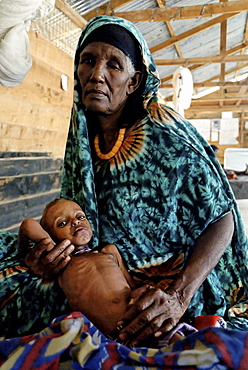
Kenya,dadaab refugees camp, somalian border gtz hospital ,the camps were set up around the town of dadaab beginning in 1991 when civil wars erupted on a grand scale in somalia (16 rival factions were involved). The wars, along with a prolonged drought, forced more than 900,000 somalis to flee to neighboring countries. Approximately 400,000 of them, many of whom were in a serious state of exhaustion and starvation, took refuge in kenya. Since then, a majority have returned to their country. However, some 131,000 somalis remain in kenya, and 110,000 are in dadaab, along with some sudanese, ugandans, and about 3,000 ethiopians women waiting the receive care from gtz ngo at the local hospital
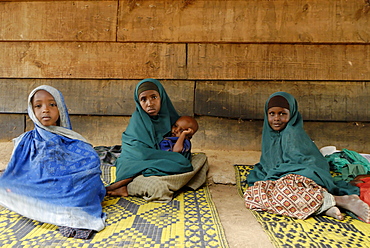
Kenya,dadaab refugees camp, somalian border gtz hospital ,the camps were set up around the town of dadaab beginning in 1991 when civil wars erupted on a grand scale in somalia (16 rival factions were involved). The wars, along with a prolonged drought, forced more than 900,000 somalis to flee to neighboring countries. Approximately 400,000 of them, many of whom were in a serious state of exhaustion and starvation, took refuge in kenya. Since then, a majority have returned to their country. However, some 131,000 somalis remain in kenya, and 110,000 are in dadaab, along with some sudanese, ugandans, and about 3,000 ethiopians women waiting the receive care from gtz ngo at the local hospital
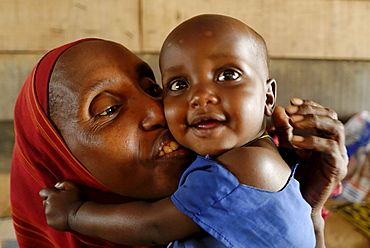
Kenya,dadaab refugees camp, somalian border gtz hospital ,the camps were set up around the town of dadaab beginning in 1991 when civil wars erupted on a grand scale in somalia (16 rival factions were involved). The wars, along with a prolonged drought, forced more than 900,000 somalis to flee to neighboring countries. Approximately 400,000 of them, many of whom were in a serious state of exhaustion and starvation, took refuge in kenya. Since then, a majority have returned to their country. However, some 131,000 somalis remain in kenya, and 110,000 are in dadaab, along with some sudanese, ugandans, and about 3,000 ethiopians women waiting the receive care from gtz ngo at the local hospital
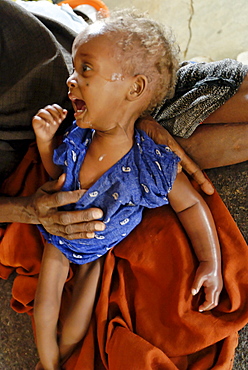
Kenya,dadaab refugees camp, somalian border gtz hospital ,the camps were set up around the town of dadaab beginning in 1991 when civil wars erupted on a grand scale in somalia (16 rival factions were involved). The wars, along with a prolonged drought, forced more than 900,000 somalis to flee to neighboring countries. Approximately 400,000 of them, many of whom were in a serious state of exhaustion and starvation, took refuge in kenya. Since then, a majority have returned to their country. However, some 131,000 somalis remain in kenya, and 110,000 are in dadaab, along with some sudanese, ugandans, and about 3,000 ethiopians women waiting the receive care from gtz ngo at the local hospital
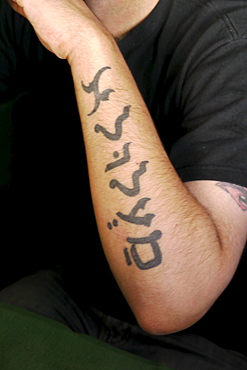
SYRIA Maalula, the last remaining village in Syria where Aramaic is still spoken. This is not part of Wadi al-Nasarah, being a 150 kilometers to the south, but is nevertheless interesting as the majority of the population are Christians, who enjoy the Convent and shrine of saint Tecla being in their midst
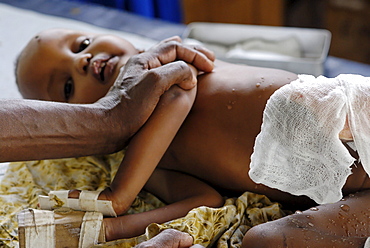
Kenya,dadaab refugees camp, somalian border gtz hospital ,the camps were set up around the town of dadaab beginning in 1991 when civil wars erupted on a grand scale in somalia (16 rival factions were involved). The wars, along with a prolonged drought, forced more than 900,000 somalis to flee to neighboring countries. Approximately 400,000 of them, many of whom were in a serious state of exhaustion and starvation, took refuge in kenya. Since then, a majority have returned to their country. However, some 131,000 somalis remain in kenya, and 110,000 are in dadaab, along with some sudanese, ugandans, and about 3,000 ethiopians women waiting the receive care from gtz ngo at the local hospital . wounds due to boiling water for tea . lots of kids get burned by open flames fires into the camp as they play around without parents control
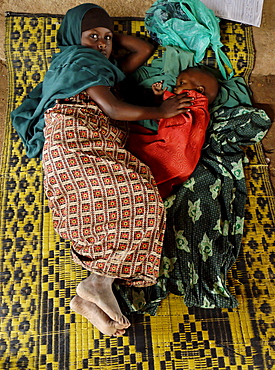
Kenya,dadaab refugees camp, somalian border gtz hospital ,the camps were set up around the town of dadaab beginning in 1991 when civil wars erupted on a grand scale in somalia (16 rival factions were involved). The wars, along with a prolonged drought, forced more than 900,000 somalis to flee to neighboring countries. Approximately 400,000 of them, many of whom were in a serious state of exhaustion and starvation, took refuge in kenya. Since then, a majority have returned to their country. However, some 131,000 somalis remain in kenya, and 110,000 are in dadaab, along with some sudanese, ugandans, and about 3,000 ethiopians women waiting the receive care from gtz ngo at the local hospital
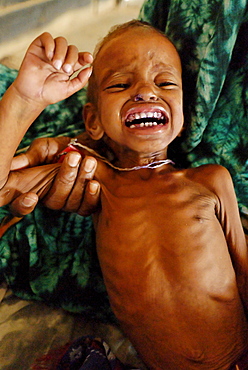
Kenya,dadaab refugees camp, somalian border gtz hospital ,the camps were set up around the town of dadaab beginning in 1991 when civil wars erupted on a grand scale in somalia (16 rival factions were involved). The wars, along with a prolonged drought, forced more than 900,000 somalis to flee to neighboring countries. Approximately 400,000 of them, many of whom were in a serious state of exhaustion and starvation, took refuge in kenya. Since then, a majority have returned to their country. However, some 131,000 somalis remain in kenya, and 110,000 are in dadaab, along with some sudanese, ugandans, and about 3,000 ethiopians women waiting the receive care from gtz ngo at the local hospital
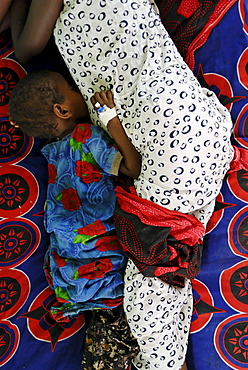
Kenya,dadaab refugees camp, somalian border gtz hospital ,the camps were set up around the town of dadaab beginning in 1991 when civil wars erupted on a grand scale in somalia (16 rival factions were involved). The wars, along with a prolonged drought, forced more than 900,000 somalis to flee to neighboring countries. Approximately 400,000 of them, many of whom were in a serious state of exhaustion and starvation, took refuge in kenya. Since then, a majority have returned to their country. However, some 131,000 somalis remain in kenya, and 110,000 are in dadaab, along with some sudanese, ugandans, and about 3,000 ethiopians women waiting the receive care from gtz ngo at the local hospital
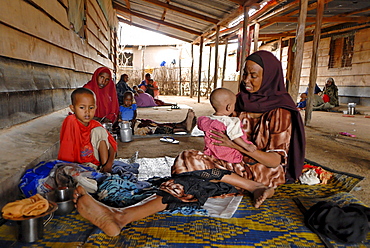
Kenya,dadaab refugees camp, somalian border gtz hospital ,the camps were set up around the town of dadaab beginning in 1991 when civil wars erupted on a grand scale in somalia (16 rival factions were involved). The wars, along with a prolonged drought, forced more than 900,000 somalis to flee to neighboring countries. Approximately 400,000 of them, many of whom were in a serious state of exhaustion and starvation, took refuge in kenya. Since then, a majority have returned to their country. However, some 131,000 somalis remain in kenya, and 110,000 are in dadaab, along with some sudanese, ugandans, and about 3,000 ethiopians women waiting the receive care from gtz ngo at the local hospital
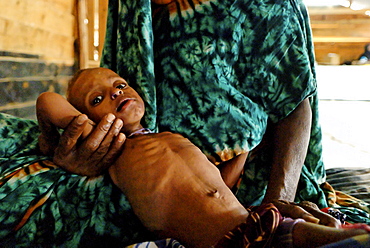
Kenya,dadaab refugees camp, somalian border gtz hospital ,the camps were set up around the town of dadaab beginning in 1991 when civil wars erupted on a grand scale in somalia (16 rival factions were involved). The wars, along with a prolonged drought, forced more than 900,000 somalis to flee to neighboring countries. Approximately 400,000 of them, many of whom were in a serious state of exhaustion and starvation, took refuge in kenya. Since then, a majority have returned to their country. However, some 131,000 somalis remain in kenya, and 110,000 are in dadaab, along with some sudanese, ugandans, and about 3,000 ethiopians women waiting the receive care from gtz ngo at the local hospital
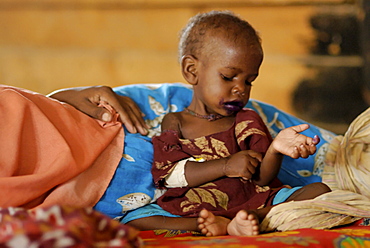
Kenya,dadaab refugees camp, somalian border gtz hospital ,the camps were set up around the town of dadaab beginning in 1991 when civil wars erupted on a grand scale in somalia (16 rival factions were involved). The wars, along with a prolonged drought, forced more than 900,000 somalis to flee to neighboring countries. Approximately 400,000 of them, many of whom were in a serious state of exhaustion and starvation, took refuge in kenya. Since then, a majority have returned to their country. However, some 131,000 somalis remain in kenya, and 110,000 are in dadaab, along with some sudanese, ugandans, and about 3,000 ethiopians women waiting the receive care from gtz ngo at the local hospital .malnourrish child
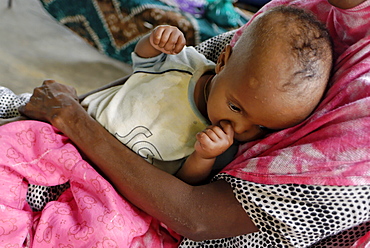
Kenya,dadaab refugees camp, somalian border gtz hospital ,the camps were set up around the town of dadaab beginning in 1991 when civil wars erupted on a grand scale in somalia (16 rival factions were involved). The wars, along with a prolonged drought, forced more than 900,000 somalis to flee to neighboring countries. Approximately 400,000 of them, many of whom were in a serious state of exhaustion and starvation, took refuge in kenya. Since then, a majority have returned to their country. However, some 131,000 somalis remain in kenya, and 110,000 are in dadaab, along with some sudanese, ugandans, and about 3,000 ethiopians women waiting the receive care from gtz ngo at the local hospital
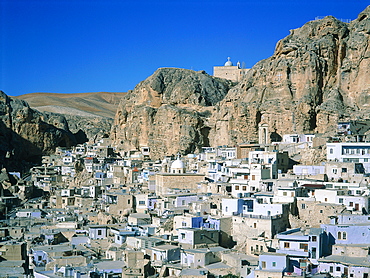
Syria, Village Of Maalula Where A Majority Of Christians Live And Some People Speak Aramaic, The Language Of Jesus Christ, Saintsarkis Monastery On Top Of The Hill

The teachers of Henry Derozio Academy HS School are conducting classes outdoors, maintaining social distancing for the students who could not attend online classes

The teachers of Henry Derozio Academy HS School are conducting classes outdoors, maintaining social distancing for the students who could not attend online classes

The teachers of Henry Derozio Academy HS School are conducting classes outdoors, maintaining social distancing for the students who could not attend online classes

The teachers of Henry Derozio Academy HS School are conducting classes outdoors, maintaining social distancing for the students who could not attend online classes

The teachers of Henry Derozio Academy HS School are conducting classes outdoors, maintaining social distancing for the students who could not attend online classes
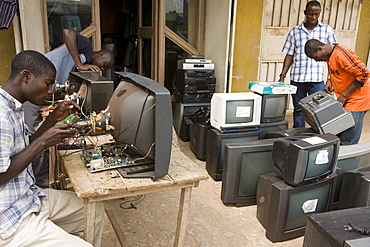
Workers repairing electronics at a shop in Accra, Ghana. The computers are shipped here from Europe and the USA and some are reused but majority are dumped in Ghana.
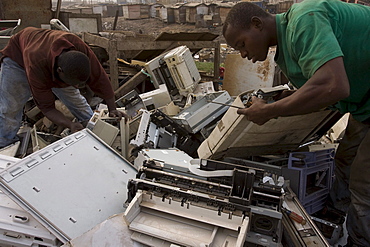
Burning of computer wire and parts to recover copper and other metals in Accra, Ghana. The computers are shipped here from Europe and the USA and some are reused but majority are dumped in Ghana. Poor workers often from the northern poorer region of Ghana do the work and sell the copper to buyers who send the copper to China or India.
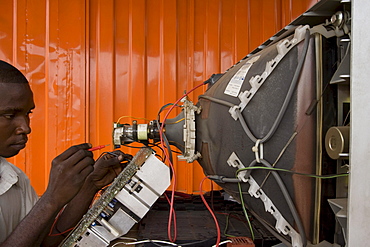
Workers repairing electronics at a shop in Accra, Ghana. The computers are shipped here from Europe and the USA and some are reused but majority are dumped in Ghana.
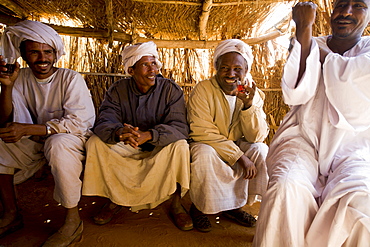
Camel traders and herders sit in a tea hut in a camel market in El Obeid, Sudan on February 16, 2006. Yussuf Gamaa, 2nd from L, is a camel herder from Darfur. About 150,000 camels cross over from Sudan into Egypt every year, the majority as cattle as an inexpensive source of protein. Today the camel is both the caravan and the cargo. Camels from this market will travel the Forty Days Road or Darb el-Arbein a 1,200 mile desert trail into Egypt and the oldest trade route in the Sahara. Desert nomads like Yussuf depend on the profitable camel trade for their livelihood.





